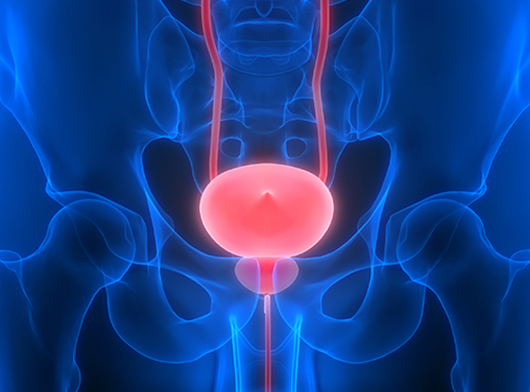- Surgery
- Radiation
- Medical Oncology
- TURBT (Transurethral bladder tumor resection) – The surgeon inserts a tool called Resectoscope through the urethra to reach the inside of the bladder. This tool has a surgical loop on it that resects or cuts off a sample of the tumor tissue or, in some cases, resects the entire tumor from the bladder.
- Intravesical Mitomycin therapy – Intravesical Mitomycin therapy is usually given immediately after TURBT. The patient will require treatment for one year to complete the course to help reduce the chance of tumor recurrence.
- Intravesical BCG – Intravesical BCG is given to patients who have highp-grade and non-muscle invasive cancer. This is administered through a catheter into the bladder.
- Treatment for aggressive and invasive cancer:
- Cystectomy is a major procedure and can be done either by an open technique or a minimally invasive approach (laparoscopic or robot assisted) depending upon factors like feasibility and overall health. It is a procedure where the whole bladder along with adjacent structures, is removed.
- In men, the Cystectomy is also associated with the prostate gland; hence, it is also called Cystoprostatectomy.
- In women, most often, the Cystectomy is associated with the removal of the uterus and ovaries and is called anterior pelvic exenteration.
-
Following this, the urine which is produced by the kidney will need to be re-channeled and brought out of the body. This can be done through:
- Urostoma (ileal conduit)– a diversion of urine with a segment of the bowel which is brought out to the abdominal wall.
- Neobladder – A new artificial bladder is created from a long segment of the bowel and placed where the bladder was previously existing.


